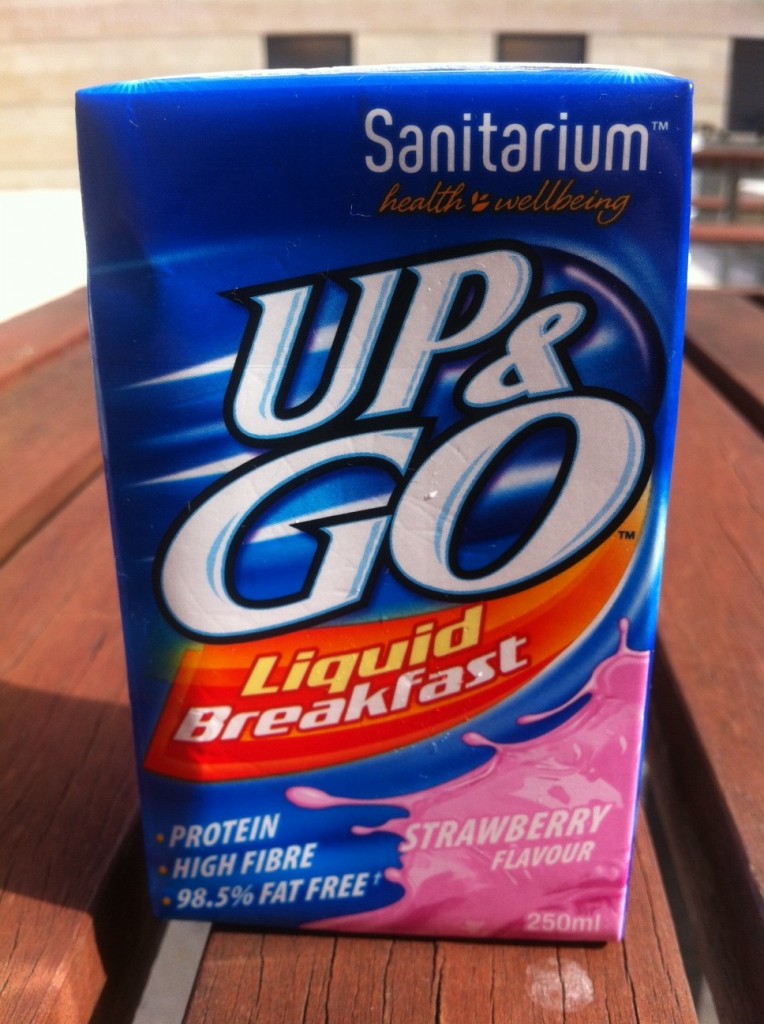I’ll keep this short: don’t laugh, but I learned when1 to use shutter priority the other day, and it boils down to this: when you want to shoot at a certain shutter speed, then use shutter priority.
I’ve posted about this before:
So much of the time it’s like the three pillars are the world’s most intricate balancing act. Say you’re shooting people in an area where there isn’t much light. You start off in Av, at f/2.8 with an ISO of 100 — the camera says you’ll need 1/8th of a second, which means camera shake then becomes a factor. Upping the ISO above 800/1000/1250 means you have a more respectable shutter speed of 1/30, maybe even 1/60, but even at those speeds a shot can still be ruined by subject motion. In this kind of situation, what can you really do without adding more light into the equation? More ISO means your photos are starting to be fairly grainy indeed, and you can’t open the aperture any more because you’re already at the limit of your lens (or you want the DOF because nailing focus is hard, etc). Photography in these kinds of situations is seriously challenging, and it’s times like these that make you think: “hey, this stuff isn’t just child’s play”.
Then there was that short except that mentioned the theory behind shutter priority:
When you’re in low light, the two main worries are about exposure (not getting enough light) and camera shake (blurry pictures). If you set the camera to aperture priority then you’re only really dealing with half of the problem, which is light. When you’re in shutter speed priority, you can account for the camera shake (say, 1/30 or 1/50 of a second) and the aperture will adjust around the speed to produce the exposure.
I read that. Thought I understood it. It wasn’t until I actually tried it (and it worked) that I really understood it, though.
I shot a thing that didn’t have great lighting, and I was already at the ISO I was happy to shoot at (800, if you’re curious). I turned the mode dial to shutter priority, set it to 1/250, and voila — photos. Photos with a tiny DOF due to the 1.4 aperture of the lens I was using, yes, but much, much better than blurry photos. Maybe I’ll up the ISO next time even further; it’s only really noticeable in a handful of shots, and I would have liked more DOF for some group shots.
All in all, I was pretty happy with the results: this was probably the first “oh wow, this stuff actually works” moment I’ve had since taking photos. It’s crazy to think what’s possible if only I would try.
Up next: a short thing on film. Or maybe that Kindle review, we’ll see.
-
Those with excellent reading comprehension will notice I used the word “when” instead of “how”, and that makes all the difference in the world. Like I said: you can read a billion things on photography and how to take better photos, but sometimes it won’t really click until you get out there and do it. Better gear won’t necessarily make you a better photographer, but more time behind the lens (usually) will.

